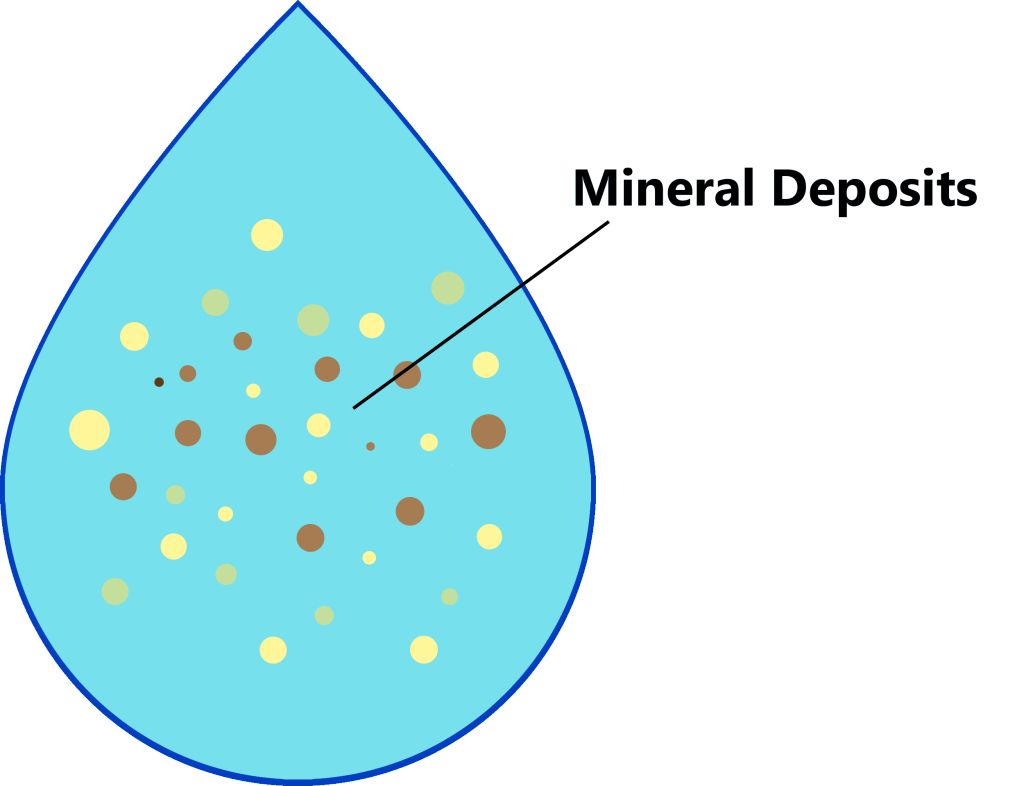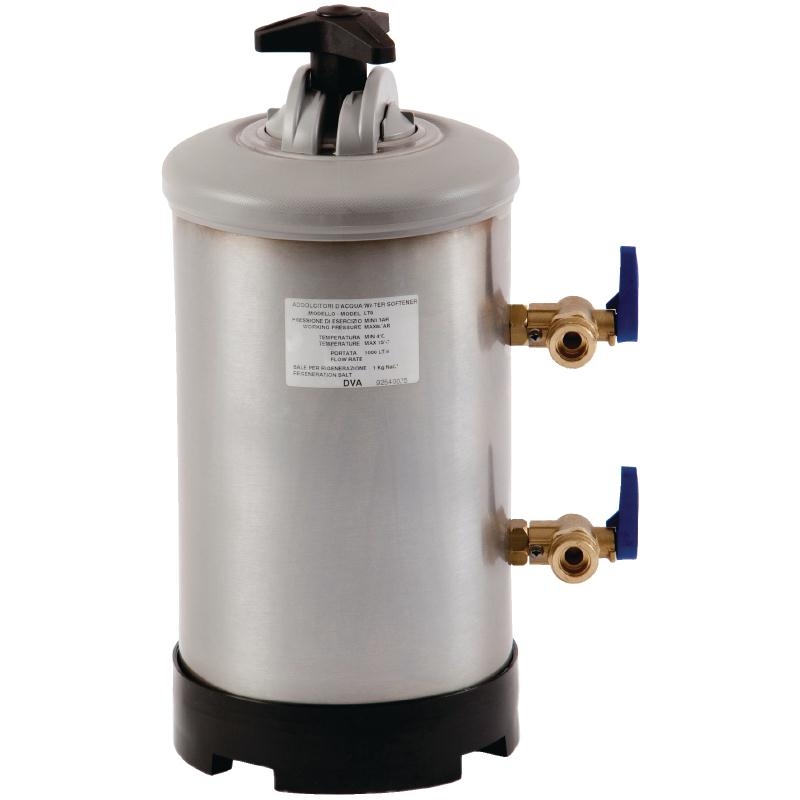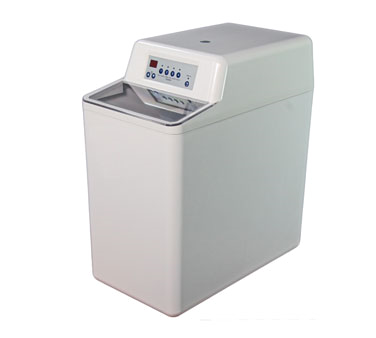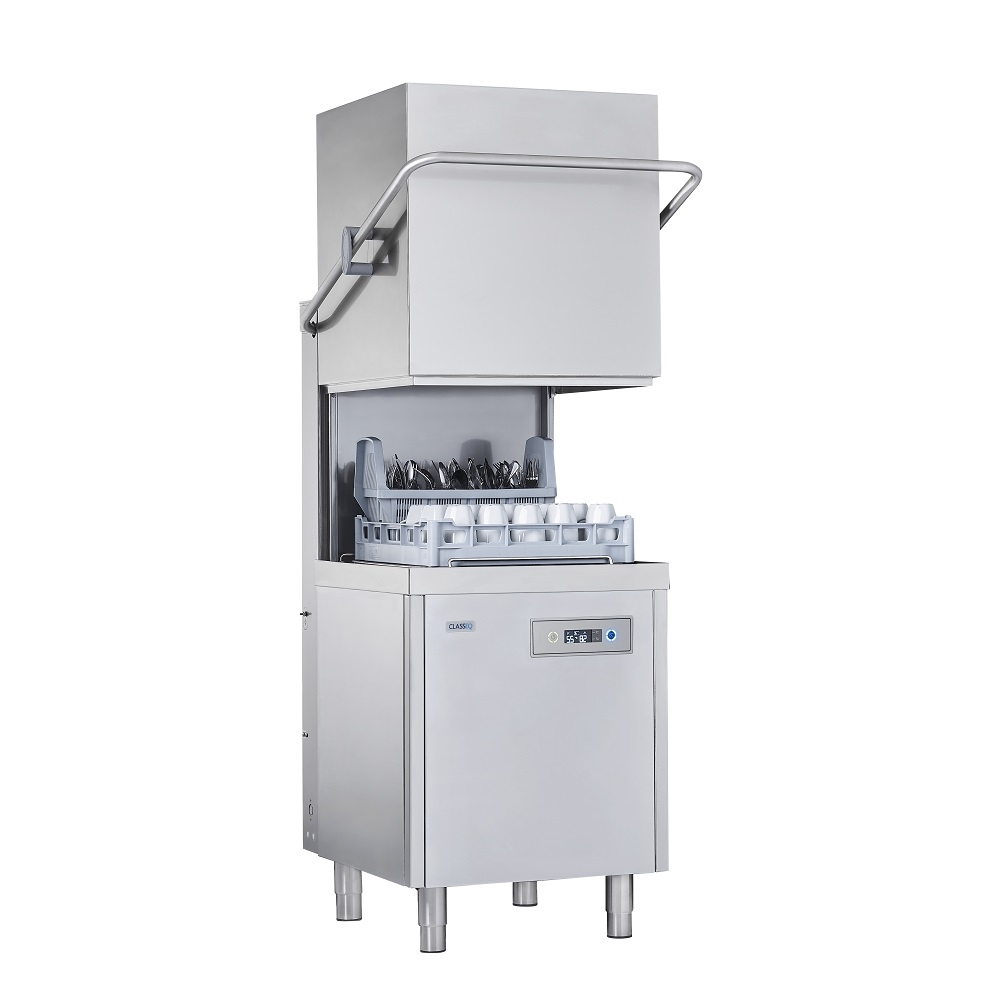
Commercial ware washers take a battering on a daily basis, experiencing high levels of use in order to keep your dishes and glasses in pristine condition. They work hard and every cycle is expected to achieve dazzling results. The term ‘water softener’ is often encountered when shopping for equipment, but few actually appreciate the significance and importance of this element.
 All ware washing equipment, that's glasswashers, commercial dishwashers and utensils washers, should have a water softener; it’s a general recommendation where the water supplied to the machine has more than 100ppm (parts per million) – that’s the majority of the UK! Understanding the concept of a water softener will highlight exactly why they are imperative to the health of your machine.
All ware washing equipment, that's glasswashers, commercial dishwashers and utensils washers, should have a water softener; it’s a general recommendation where the water supplied to the machine has more than 100ppm (parts per million) – that’s the majority of the UK! Understanding the concept of a water softener will highlight exactly why they are imperative to the health of your machine.
What is a water softener?
A water softener removes any positively charged ions present in a water source which causes it to be categorised as ‘hard’ – generally this is the insoluble minerals, calcium and magnesium. The position of these elements in water is typically replaced with sodium (salt) in a process called ‘ion exchange’.
How does it work?
The majority of water softeners are designed with a tank filled with beads, often referred to as a resin bed, all of which carry a negative charge. As the water passes through these beads, the positive ions (calcium and magnesium) will cling to the negative ions (the beads), effectively removing them from the water.
Sodium is added to the filter before use, coating the beads. When water is flushed through the tank, the calcium and magnesium push off the sodium, taking their place and forcing the sodium to enter the water as a replacement. Sodium is far more soluble and won’t cause the issues that calcium and magnesium will. Sodium levels must be topped up regularly (depending on frequency and regularity of use) in order for the water softener to work effectively.
Once the filter is saturated with calcium and magnesium and the levels of sodium in the tank have been depleted, excess calcium and magnesium must be removed in a process called a ‘regeneration cycle’. This involves a solution being flushed through the tank to dislodge the calcium and magnesium, replacing with fresh sodium levels. The waste water goes down the drain taking the ‘hard’ bits with it and the whole process can begin again.
A water softener will take care of all of this for you, as long as you look after it, so let the system do the hard science bit for you.
Types of water softener
Integral
Pros;
- Ideal for small operations where space is limited.
- As it is integrated into the ware washer, the machine will notify the user and prompt them when a salt refill is required.
Cons;
- They are only small and so will regularly need topping up especially when the machine is in almost constant use.
External
Pros;
- Larger tank holds more sodium meaning less frequent refilling even in busy kitchens.
Cons;
- User has to remember to top it up; failure to do so will see a build-up of lime scale resulting in potentially costly breakdowns.
- Stands individually from the ware washer and is larger so takes up more space.
- Purchased separately.*
Automatic External
Pros;
- Combines the benefits of an integral system with an alarm to signal when refill is needed and the increased size of an external unit to cope with heavy use.
- Generally will automatically regenerate overnight when the ware washer is not in use; it doesn’t hinder operation throughout the day and doesn’t rely on unreliable user input.
- Requires less regeneration.
Cons;
- Large size isn’t suited to kitchens with space limitations.
- Purchased separately.*
*Top Tip
It is worth weighing up all options before making a decision. Don’t automatically dismiss an external softener because of increased outlay. Some pieces of equipment may cost more to purchase with an integrated water softener as opposed to acquiring a unit without and buying a separate system.
Shop around and compare different configurations and options before making a final choice to see which the best option for your business.
If you have the space and funds available an external automatic softener will always be the best option. Not only will you increase the water softener capacity to cope with heavy use and also benefit from automatic reminders to top up your sodium levels when required but will have easy access to the unit should it need attention in the future.
Important Dos and Don’ts
- Don’t take for granted that you’re in a soft water area! A nonchalant attitude could see your new equipment give up the ghost long before it’s time.
- Do treat your water softener with respect; it will decrease running costs, improve life expectancy of glasswashers and dish washers and enhance washing results.
- Don’t skimp on the staff training. Make sure they understand the importance of good water softener etiquette. Failure to regularly maintain salt levels could wreck expensive equipment. Lime scale will build up, clog pipes and affect soap and detergent dissolving, eventually breaking the ware washer completely.
- Do top up salt regularly. Water softeners rely on salt to function effectively and levels should be kept at least half full at all times.
- Don’t be surprised if you are charged for a service/warranty call out that is due to scale related problems. If you fail to maintain your softener or even neglect to use one in the first place, your warranty will typically be void.
- Do make sure your water softener is fitted properly. If in doubt ask a qualified warewashing engineer to take a look.
With general care and maintenance water softeners can endure extended use and so investing in the most appropriate unit from the start will guarantee exceptional cleaning results and enhanced equipment longevity for many years to come.







